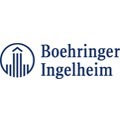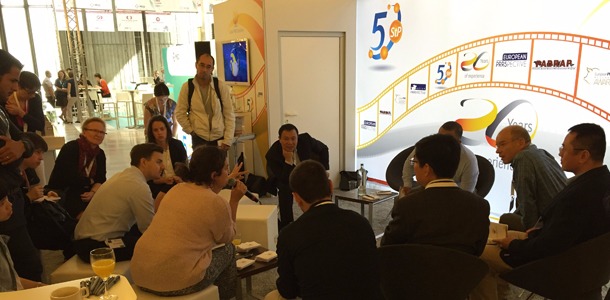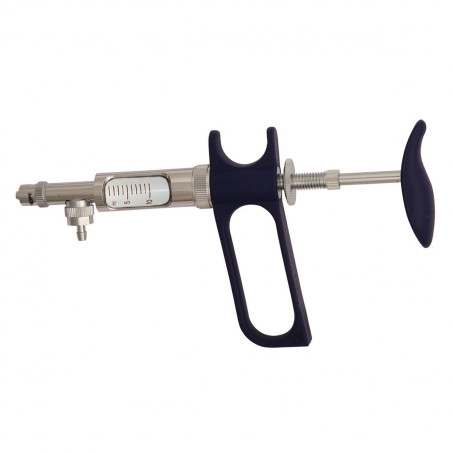 Advances in understanding one of the world’s most important pig diseases and new options for its control have been presented at the 2015 International Porcine Reproductive and Respiratory Syndrome Congress, which took place recently in Belgium.
Advances in understanding one of the world’s most important pig diseases and new options for its control have been presented at the 2015 International Porcine Reproductive and Respiratory Syndrome Congress, which took place recently in Belgium.
The IPRRS congress is the premier global forum where veterinary scientists and practitioners can meet to discuss the latest ideas on beating PRRS.

When IPRRS 2015 came to Ghent, Belgium, in June, it was the first time for the annual international convention to be held in Europe. Apart from an Asian congress in 2013, each of the previous editions since 2004 has been in North America.
As a sponsor at the Ghent event the exhibit for Boehringer Ingelheim Animal Health featured a screen showing a new website that is dedicated exclusively to PRRS topics. The www.prrs.com website has been created by the company as a resource and reference for everyone involved in fighting the disease around the world. It brings together news and research abstracts together with technical advice and training materials, all focused on PRRS.
In addition, informal sessions were organised on the Boehringer Ingelheim exhibition booth where delegates could talk to a specially assembled panel of international experts on the practical aspects of PRRS control in pig herds.
To conclude the congress on Friday, June 5th, a special seminar was organized under the title of “PRRS control: Application of science in the field, 20 years of experience”.

Prof. Bob Morrison from the University of Minnesota discussed the systematic collection of PRRS prevalence data in the United States. and American veterinarian Dr. Gordon Spronk commented on PRRS control from a practical perspective, the presentation by Dr. PH Rathkjen focused on the comprehensive 5-Step Process compiled by Boehringer Ingelheim to guide its customers on their disease control strategies, including the appropriate placement of PRRS vaccines in their pig herds. The seminar was ably moderated by Dr. Tom Wetzell.
After more than 20 years of experience fighting PRRS, Boehringer Ingelheim experts strongly believe that the effective control of PRRS requires a whole-herd approach to the management of immunity, in which farm-level vaccination against the virus is applied both to sows and piglets. But it also acknowledges that PRRS control involves more than just vaccination alone. Controlling PRRS in practice requires a comprehensive understanding of the disease and the production system under threat, the use of multiple management tools, and a systematic approach to management.
Details of the 5-Step Process are included in the information accessible through http://www.prrs.com/en/prrs-control/5-step-process. In outline, the five basic steps are: (1) Identify desired goals; (2) Determine current PRRS status; (3) Understand current constraints; (4) Develop options for solutions; (5) Implement and monitor the preferred solution.
The driving force for the IPRRS Congress and for the concluding seminar was recognition of the continuing importance of PRRS. The disease not only occurs on commercial pig farms all over the world, but also adds significantly to the production costs of affected sites by causing respiratory disease in grow-finish pigs and reproductive problems in sow herds also reducing piglet survival. According to an estimate reported to the recent European PRRSpective symposium held by Boehringer Ingelheim Animal Health, in Europe alone the disease is believed to be costing more than 1.5 billion Euros per year.
June 11, 2015 - Boehringer








